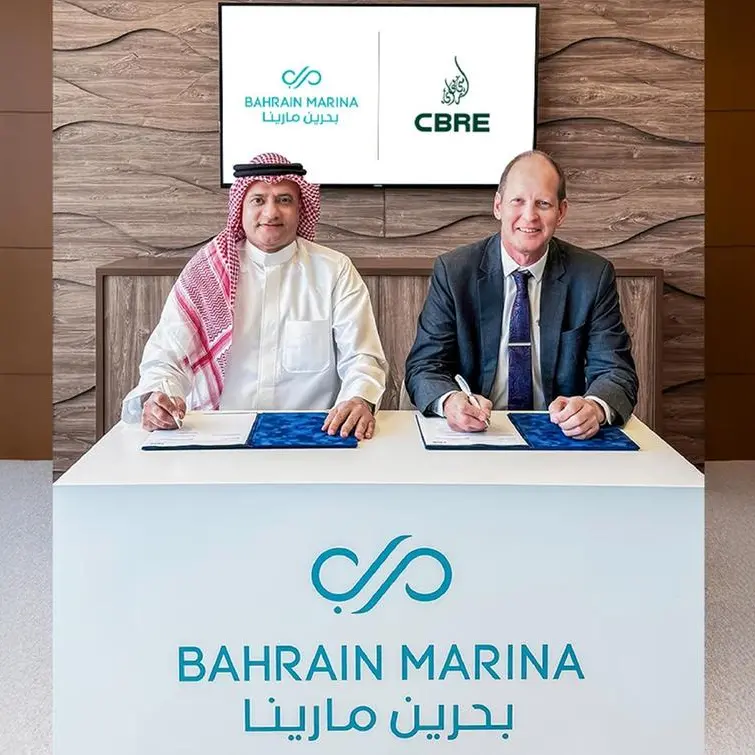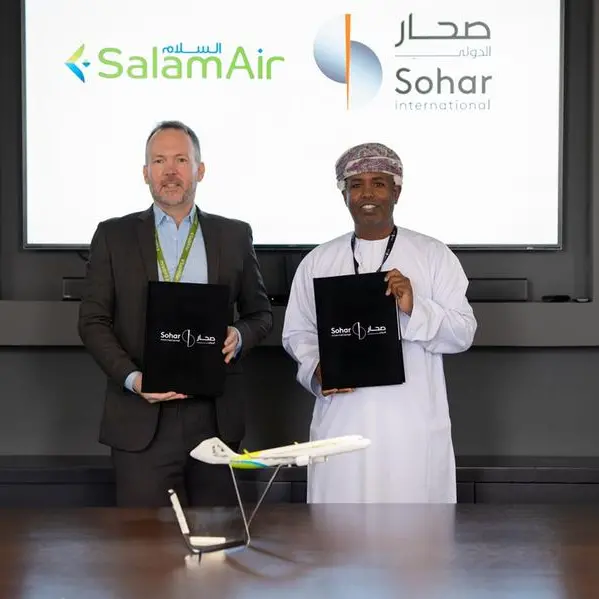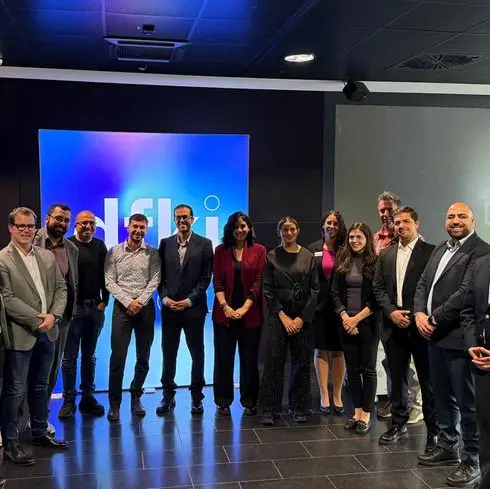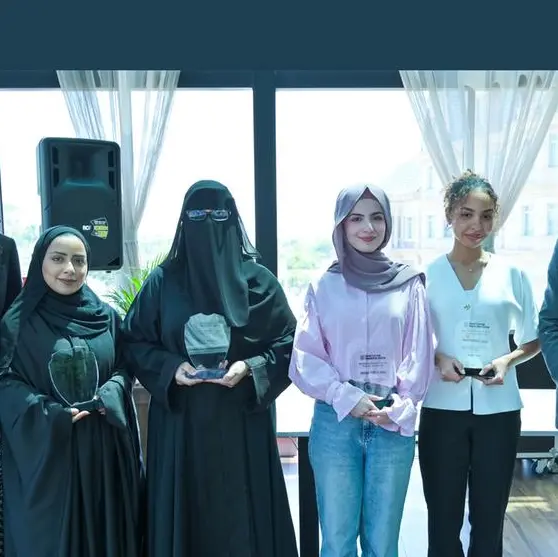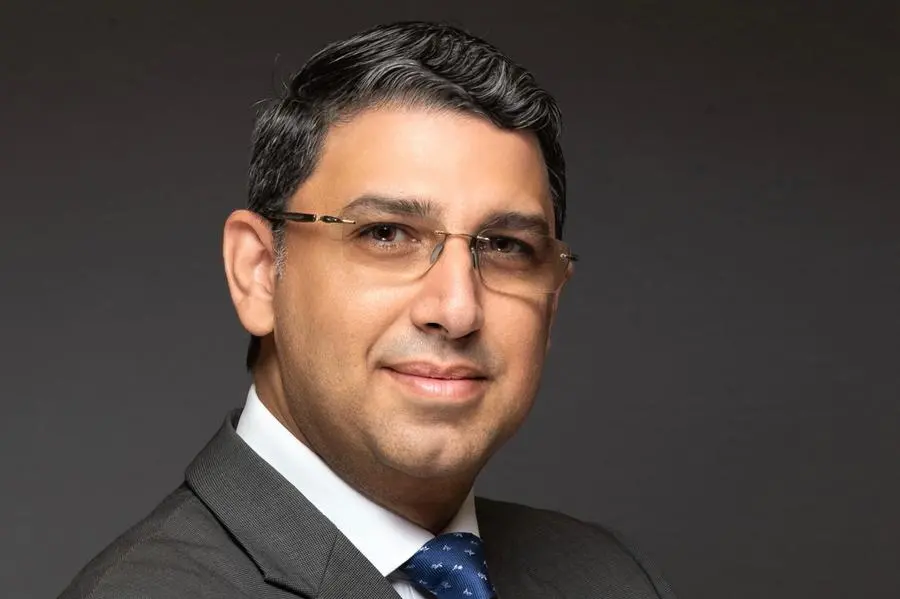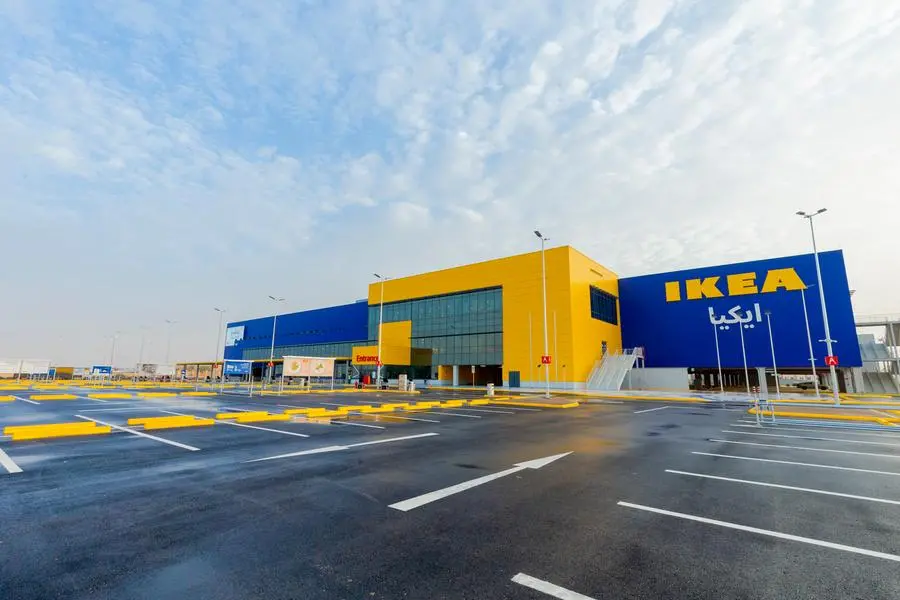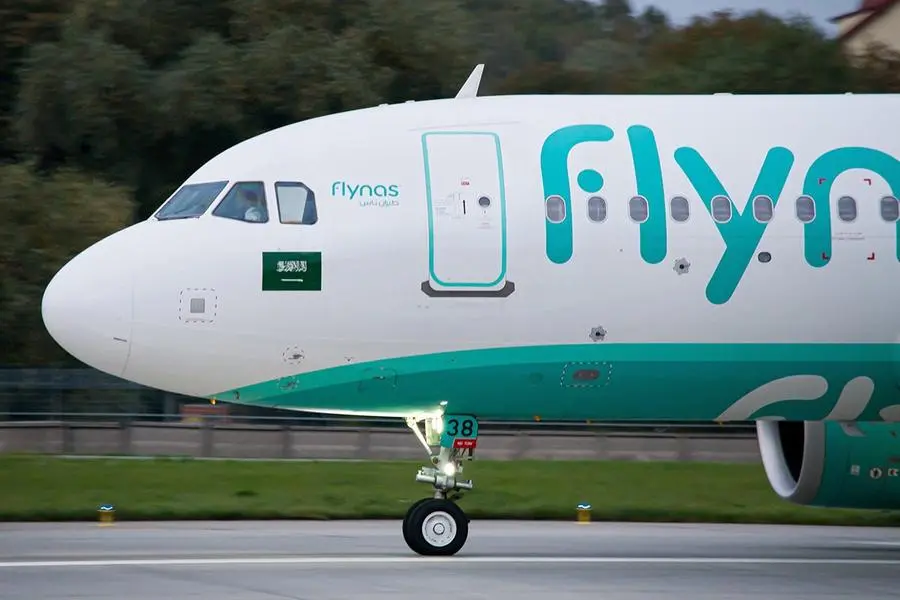Riyadh, Saudi Arabia: Huawei has changed the technology landscape worldwide after achieving the second place in worldwide smartphones sales (Q2 2018). Although the competition is still fierce, users are now able to distinguish between a real technology advancement and a software upgrade which is common in smartphones. For example, some companies have launched their new smartphones with limited features and depended only on software upgrades or technologies and standards that leading innovation companies have moved beyond years ago.
Real and early development to adopt technology
Huawei shook the smartphones market and changed the rules after supporting its devices with AI technologies that can only be described as a real development to serve users from all categories and of different interests. Huawei continues to invest in R&D to innovate unprecedented products. While smartphone manufacturers use one or two cameras in their smartphones, Huawei has gone beyond that sometime ago and made great jumps, to become an industry leader. Huawei did not only introduce the triple camera, it was also the first to support its different devices with AI technologies, which were exclusively used before in industrial and business sectors, giving its users a bigger room to be unique as they are the first to use these technologies.
Special photography standards and cameras that outperform the industry
Thanks to the triple camera in “HUAWEI P20 Pro”, the phone has a leading rear camera system. The camera consists of three lenses and is configured with 40mp RGB sensor, 20mp monochrome sensor, 8mp telephoto sensor. Compared to dual cameras in other phones, HUAWEI P20 Pro’s camera has a higher resolution in addition to the third sensor that allows real image zoom, i.e. the mage produced by a high-resolution camera has more details and clarity than the one taken by a low-resolution camera which produce blurry and unclear images.
Since AI is one of the major factors that changed the rules of smartphones photography game, Huawei was the first to launch AI-enhanced camera last year in its distinctive “HUAWEI Mate 10” phone, which featured real-time scene and object recognition, enabling it to automatically set the camera’s settings based on the object photographed, producing a clearer and more professional images without the need to know professional photography settings. With that, Huawei phones that use AI have become the professional photographer that accompanies users at all times. By depending on the development of cameras and AI technologies in “HUAWEI P20 Pro” phone, Huawei was able to develop a new night-photography pattern that can capture images that are unclear to the naked eye in the dark.
Huawei didn’t disregard the “Selfie” trend. In addition to its advanced smartphones series “Mate 10” and “P20”, Huawei introduced advanced AI “Selfie” features in the new “nova 3” series. The “nova 3” phone features four AI cameras, the two front cameras with 24mp and 2mp ensure the best selfie experience for users in addition to artificial intelligence, which sets a completely new standard for smartphones. The main front camera with 24MP f/2.0 wide aperture boasts incredible image processing power; and the 2MP secondary camera collects depth-of-field data with specialized hardware to produce professional bokeh effects. Simultaneously, AI capabilities help identifying human subjects and applying the correct beautifications effects while digitally processing the images, which helps users to take stunningly natural and clear high-resolution selfies.
Unprecedented intelligent CPU
Smartphones processors available in the market don’t have enough enhancements and are less capable to execute AI tasks. Unlike the NPU in HUAWEI Kirin 970 chip used in HUAWEI Mate & P series, which is built using HiAI computing system for smartphones, the chip is 50 times more efficient and have 25 times greater AI performance than any other CPU, in addition to other special capabilities that include learning users’ behaviors and increasing battery life.
Huawei didn’t start its journey in developing AI technologies this year. In 2017, Huawei launched HUAWEI Mate 10 series, which is considered a significant achievement being the first AI smartphones series at that time. The series used Kirin 970 chip that supported AI and was dependent on NPU, an AI chip that is able to interact with the user’s environment and get to know them. The NPU, which was first implemented by Huawei, allows faster performance than traditional CPUs used in other phones.
There is much hype surrounding AI, but Huawei views AI as a fundamental capability that will eventually make its way to all end-user devices. For such a fundamental capability, it must have real, practical benefits for consumers.
Huawei’s initiatives and goals are laid out with the mindset of benefiting consumers. All of Huawei’s innovations are developed by examining the needs of customers. And to understand these needs, Huawei has spared no effort in researching its target audience.
-Ends-
About HUAWEI Consumer Business Group (CBG)
HUAWEI Consumer Business Group (CBG) is one of HUAWEI's three business groups, providing a range of products including smartphones, tablets, and mobile broadband devices. HUAWEI’s products and services are available in more than 170 countries and are used by a third of the world’s population, ranking third in the world in smartphone shipments in 2017.
Year on year growth was reflected in HUAWEI’s rise as a globally recognized premium brand. In 2017, HUAWEI was named number 49 on BrandZ’s Top 100 Most Valuable Global Brands, number 88 in Forbes World’s Most Valuable Brands and number 40 on the Brand Finance Global 500 Most Valuable Brands lists. In this year’s Fortune 500 HUAWEI climbed up the list to the 83rd place from the 129th of last year with a revenue of $78.51 billion, making the top global 100 for the first time.
As a leading technology company, HUAWEI invests more than 10% of its annual sales revenue to research and development efforts, and has established 16 research centers around the world. Among these facilities is he HUAWEI Aesthetics Research Center in Paris. HUAWEI’s newest R&D center is the Max Berek Innovation Lab in Wetzler, Germany, where HUAWEI and Leica are jointly researching technologies to improve mobile device camera and image quality. Huawei also established more than 10 laboratories in China, Europe and other locations and operates through these sites with more than 600 partners.
For more information please visit: www.consumer.huawei.com/sa
For regular updates on HUAWEI Consumer BG, follow us on:
Facebook: www.facebook.com/HuaweiMobileKSA
Twitter: www.twitter.com/HuaweiMobileKSA
YouTube: www.youtube.com/Huaweimobileksa
Instagram: www.instagram.com/HuaweiMobileKSA
SnapChat: Huaweimobileksa
For media queries, please contact:
Mohammed Khalaf
Edelman – Saudi Arabia
Email: Mohammed.Khalaf@Edelman.com
Mobile: +966 56 359 9919
Roger Romanos
Huawei Consumer Business Group – Saudi Arabia
Email: roger.samir.romanos@huawei.com
Mobile: +966 50 529 3412
© Press Release 2018Disclaimer: The contents of this press release was provided from an external third party provider. This website is not responsible for, and does not control, such external content. This content is provided on an “as is” and “as available” basis and has not been edited in any way. Neither this website nor our affiliates guarantee the accuracy of or endorse the views or opinions expressed in this press release.
The press release is provided for informational purposes only. The content does not provide tax, legal or investment advice or opinion regarding the suitability, value or profitability of any particular security, portfolio or investment strategy. Neither this website nor our affiliates shall be liable for any errors or inaccuracies in the content, or for any actions taken by you in reliance thereon. You expressly agree that your use of the information within this article is at your sole risk.
To the fullest extent permitted by applicable law, this website, its parent company, its subsidiaries, its affiliates and the respective shareholders, directors, officers, employees, agents, advertisers, content providers and licensors will not be liable (jointly or severally) to you for any direct, indirect, consequential, special, incidental, punitive or exemplary damages, including without limitation, lost profits, lost savings and lost revenues, whether in negligence, tort, contract or any other theory of liability, even if the parties have been advised of the possibility or could have foreseen any such damages.
